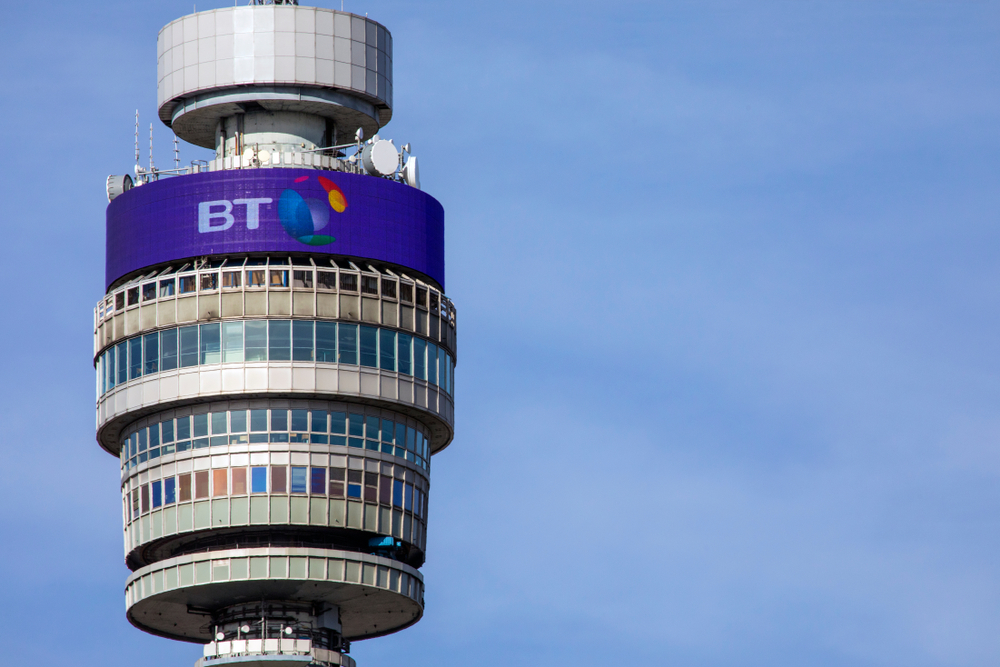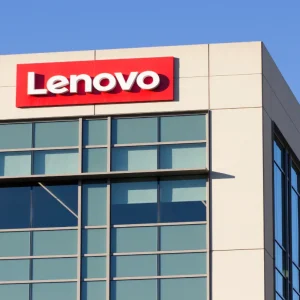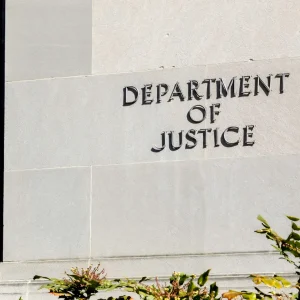
BT has asked the UK government for more time to remove Huawei-made equipment from its network. The government had given UK telecommunications providers until January next year to rid their networks of equipment made by the Chinese company, but BT says Covid-19 has delayed its progress.
If the Department for Digital, Culture, Media & Sport does not grant BT an extension, it faces a fine of up to 10% of its turnover for non-compliance.

Why does BT need to remove Huawei equipment?
Prime Minister Boris Johnson announced the ban on the use of Huawei components in British network infrastructure in 2020, calling the company a “high-risk vendor”. The move limited the role the Chinese tech firm could have in the UK telecom networks and was supported by security officials.
BT said at the time the decision to ban Huawei equipment from parts of the network where personal information is stored would cost about £500m. It has since been working to remove its Huawei kit but said in a statement today that “significant Covid-driven impacts to the program” has caused delays.
There are two aspects of the ban: an order to remove all Huawei equipment from sensitive parts of the core network where personal data is stored, and a need to limit use in non-core parts to 35%. The government gave an extension to July 2023 for the non-core part earlier this year, but the January 2023 date still stands for the personal data deadline.
BT said in a statement: “We are continuing to work towards the January 2023 deadline for that work to happen in our core, but have requested a necessary, short extension, to reflect significant Covid-driven impacts to the programme over the past two years.”
The company says it is continuing to work with DCMS and the National Cyber Security Centre (NCSC) to ensure the programme can be completed as quickly and safely as possible, adding that the rationale behind extending the deadline for the rest of the network should be applied to the core network.
Failing to remove the equipment as ordered could see BT fined 10% of turnover, or £100,000 a day, unless DCMS rules in favour of an extension. A decision is expected “in due course”.
Last year the government also announced a plan to remove high-risk vendors from all UK 5G networks, which includes the ripping out of all existing Huawei equipment, and a block on any new equipment being installed, to be in place by 2027. BT said it is on target to hit that deadline.
BT said it remains “confident that the final 2027 deadline for delivering new equipment throughout the 5G network is achievable,” with BT CTO Howard Watson telling Bloomberg the critical requirement is not interrupting service for customers while still complying with the ban.
BT Huawei delays: ‘a big and extremely complex network’
John Strand, founder of telecoms consultancy Strand Consult, told Tech Monitor that adhering to the ban is easier for smaller operators, who can rip and replace their core networks, than it is for major operators such as BT.
“They have a big and extremely complex network,” Strand explained. “I believe that the transformation is more complex and that it is fair to assume that BT´s arguments are valid.”
He explained that BT’s network is actually a “network of networks” with some recently refurbished, and others very old and in need of updating. Strand believes it is the complexity of BT’s network, not the pandemic, that has caused the delays. “Ericsson in Denmark ripped and replaced Huawei from their network in ten months and created an advanced 5G network all during Covid, so I don’t think that is the issue facing BT.”
Strand said that a six-month delay is unlikely to affect the security of the UK’s telecommunications network. “BT has been involved in the decision and knew what is involved, knew the timeframe and accepted the timeframe but I think reality hit the process, and that’s when they realised the deadline wasn’t realistic given the complexity of their network.”






